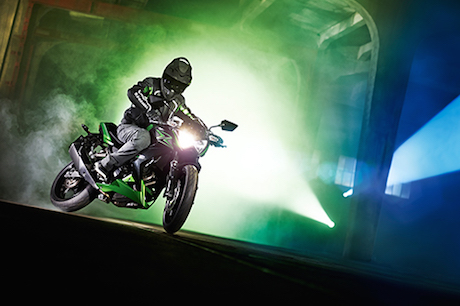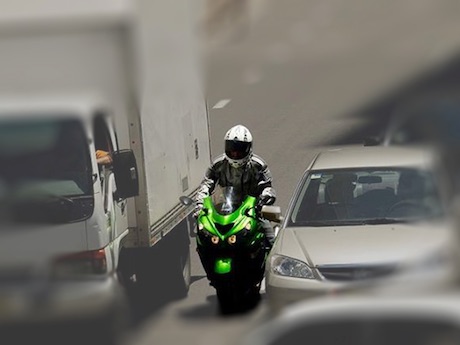India has moved to make ABS mandatory for all motorcycles with an engine bigger than 125cc from April 2017 as a portent to similar moves around the world.
As India is such a huge and important market with almost every major brand now either selling, assembling or building bikes in the country, the ABS initiative will have a huge impact on the world market.
Manufacturers are unlikely to make ABS just available for the Indian market.
The Indian Ministry of Road Transport and Highways was planning to phase on the move, but has now decided to make the sweeping change in a bid to check speeding and reduce the number of road accidents involving two-wheeler riders.
The mandatory introduction of ABS to motorcycle is likely to add between a few hundred dollars up to $1000 to the cost of a motorcycle.
It will also add some weight to small-capacity bikes, although modern ABS units are much lighter and have already been included in many learner bikes such as the new Kawasaki Z300.

While there are no calls in Australia yet for ABS to be mandated on bikes, the Federal Chamber of Automated Industries supports the “continued development, introduction, and promotion of better technology for safer motorcycles” such as ABS and traction control.
Meanwhile, a Melbourne university doctor has called for bikes to be fitted with automatic emergency braking technology found in many modern cars. These devices activate the brakes at slow speeds if an obstacle is sensed in front of the vehicle.
While that might work in a car where you are belted into a seat, it could cause a rider to be flung over the handlebars.
It also doesn’t take into account the fact that filtering is progressively being introduced in Australian and American states. In filtering situations, riders get close to other vehicles which could easily activate emergency braking systems and send riders tumbling into traffic.
Automatic emergency braking is now widely available in cars, but is yet to be introduced in motorcycles. However BMW developed two experimental models — one motorcycle and one scooter — in 2011 and 2012, so it is being considered by the industry.
Unfortunately, the safety nazis look at accident figures which show the high rate of accidents involving motorcycles and without any first-hand experience, they mistakenly believe that safety devices from other vehicles will work with motorcycles.
We need proper research by experts who know something about the dynamics of motorcycles and the needs of riders. Surely the main thing is that we should be allowed to choose to have or not have hi-tech safety devices on our motorcycles.



